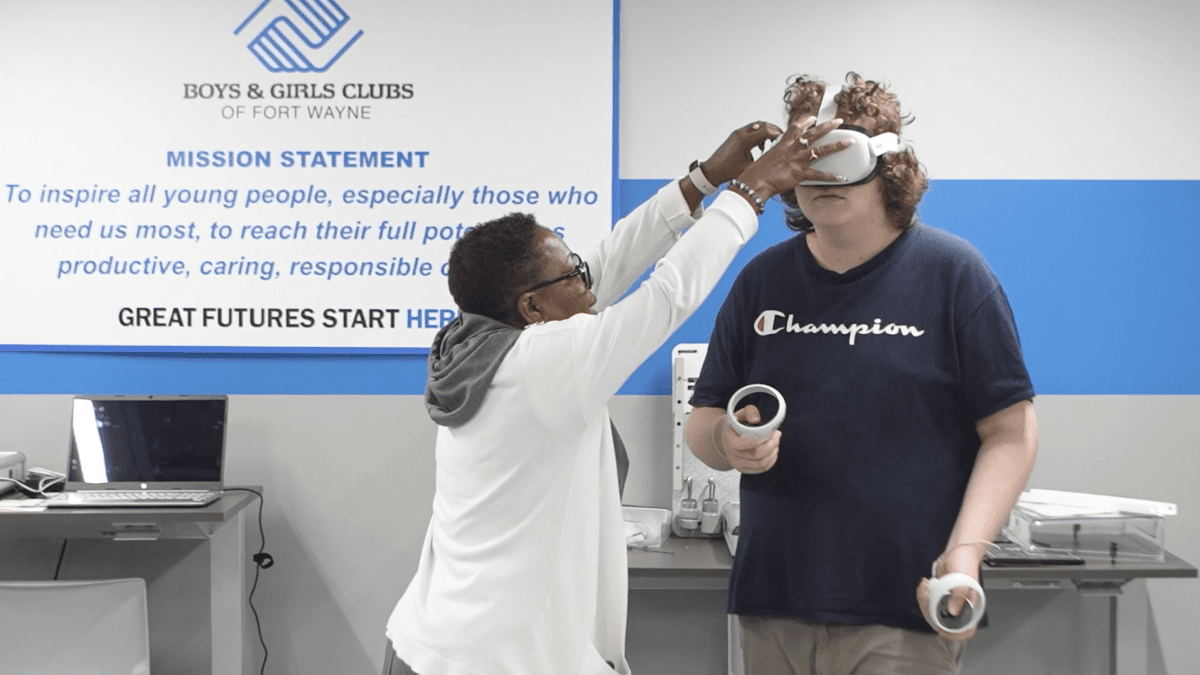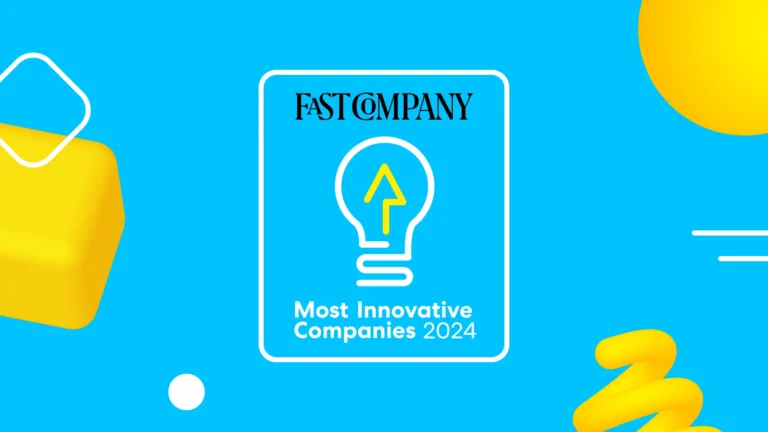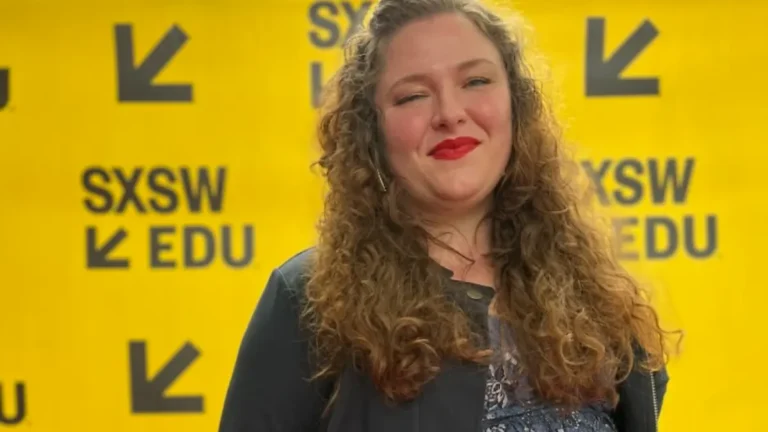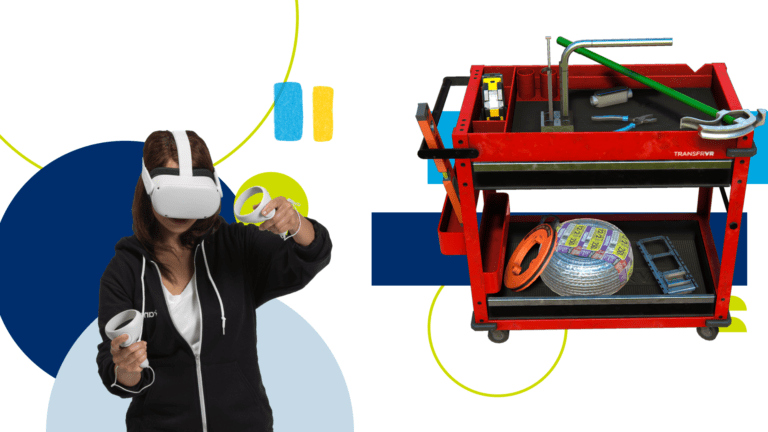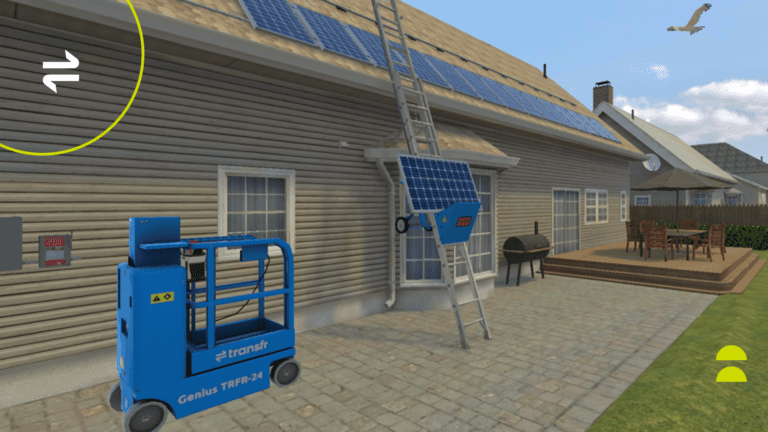According to PrisonPolicy.org, there are nearly two million incarcerated people in the United States on any given day. Approximately 95% will return to our communities, most hoping for the ability to live freely, find prosperity, and provide for their families. Unfortunately, despite the efforts of current adult reentry and juvenile programs aimed at reducing recidivism through rehabilitation, many states struggle with recidivism rates at or above 40%, meaning that almost half of justice-impacted people will continue the cycle of arrest and incarceration.
However, there is hope! Strategic partnerships in collective-impact models can drive amazing outcomes for some of the most vulnerable learners. These partnerships help increase access to social supports for housing, mental health and recovery services, education, and workforce development training. Initiatives like these reduce recidivism and save millions of tax dollars. The U.S. Department of Education reports a 5x ROI for every dollar invested in prison educational programs.
At Transfr, we’ve seen the amazing ability these programs have to change lives. When a variety of organizations work together, leveraging a suite of services and the latest technology, the potential is simply inspiring.
What does an effective recidivism-reduction program look like?
Primary and secondary research conducted by Transfr across existing juvenile justice and reentry ecosystems has identified the multiple barriers to accomplishing successful reintegration: Key work-related barriers include getting and keeping a living-wage job as well as limited literacy and/or foundational education. Social and/or behavioral skills related to the workplace may also be an issue, such as impulse control, critical thinking, conflict resolution, communication, professionalism, punctuality, and taking feedback or constructive criticism.
These challenges may be in addition to and compound endemic issues afflicting justice-involved communities like exiting incarceration with debt, lack of housing (or lack of safe housing), and addiction/substance use.
“One way we support individuals that we’ve placed in our VR program is by understanding that when an individual comes home from incarceration, he doesn’t have anything,” says Mark Mitchell, Associate Director and Director of Reentry Services for Teamwork Englewood, a nonprofit in Chicago. “Most reentry organizations want them to come to the office weeks at a time without any funds. We provide bus cards for them.”
In order to overcome these complex, compound challenges, partner organizations need to present comprehensive collections of services. The programs that are most successful at reducing recidivism include assistance with vocational or technical skills (to help program participants get jobs), education, interpersonal and employability skills, and mental health support. Counselors and other staff members should also be adept at helping participants motivate themselves to make meaningful change in their lives and connect them with mentors and peers who can support them in their journeys.
Youth and adults exiting incarceration or completing at-home monitoring are presented with a mountain of challenges and barriers to successful reentry that take an invested ecosystem to address.
How Transfr partners are helping
Transfr partners with 45 organizations in 25 states to serve justice-impacted youth and adults, using immersive VR simulations to support educational and workforce development. These organizations provide opportunities and experience for people from pools of untapped talent, helping justice-impacted individuals connect with meaningful support and employment.
All skills training and career exploration VR simulations from Transfr are focused on well-paying careers in high-growth industries. These roles do not require a 4-year degree and are in need of skilled workers.
“The best Transfr story that I have,” says Vicki Burton, VP of Goodwill of Mississippi. “Is an individual who came out of the prison system and started our Transfr VR program, our digital skills classes, while in the prison system… We took him into one of our stores, but one of the things that he realized through the VR simulations was that he wanted to be a forklift driver. He had never done it before. But it was what he really wanted to do. So we were able to send him to forklift driver training. He is currently driving a forklift at Continental Tire in Mississippi, and says this is where he will retire from this is his forever job, because of the experience he got with virtual reality simulations through Transfr.”
Offering education, training, and connection inside facilities can also lead to increased employment rates, decreased recidivism, and more engagement with community-based resources. According to recent research conducted by Transfr’s Learning Intelligence Department, VR simulations help learners retain more information. A study conducted with over 1,800 students at Texas State Technical College showed a 40% increase in “A” grades after VR simulations were introduced.
A study by Adams et al found that CTE programs reduced the likelihood of recidivism by 13 percentage points for inmates who took more than 200 hours (compared to those who took less than 200 hours or none at all). Another study by Lichtenberger et al found that CTE programs increased employment opportunities and reduced disciplinary records in prison. Transfr partners use VR to augment and expand existing workforce programs, engage and recruit new learners, and guide career navigation. Transfr’s suite of implementation guides are grounded in educational best practices like flipped classroom and differentiated learning models.
Building a foundation for lasting change
Making and sustaining behavioral change requires opportunity, ability, and motivation. Inspiring hope and a realistic vision of success upon reentry is an integral part of the actualization of that success upon release. Many leave incarceration still stuck at the ‘pre-contemplation’ or even the ‘contemplation’ stage of the Stages of Change. Programs leveraging VR from Transfr can help justice-impacted people prepare and take action.
Beyond helping their audiences learn new skills, Transfr clients report that bringing virtual reality into prisons, jails, and juvenile justice centers creates positive ripples including creating excitement about learning, increasing positive behaviors through incentive programs, and fostering hope for a better tomorrow. Transfr’s VR simulations offer justice-impacted individuals the chance to be transported to new places and spaces. They have sparked excitement, provide an opportunity to experience and master new technology, increased program engagement, and boosted morale. Joe Jordan, President & CEO of Boys&Girls Club of Fort Wayne says this regarding VR’s capacity to help justice-impacted people:
“We partner with juvenile justice because I think that’s really where the services that we provide can really make the difference.”
